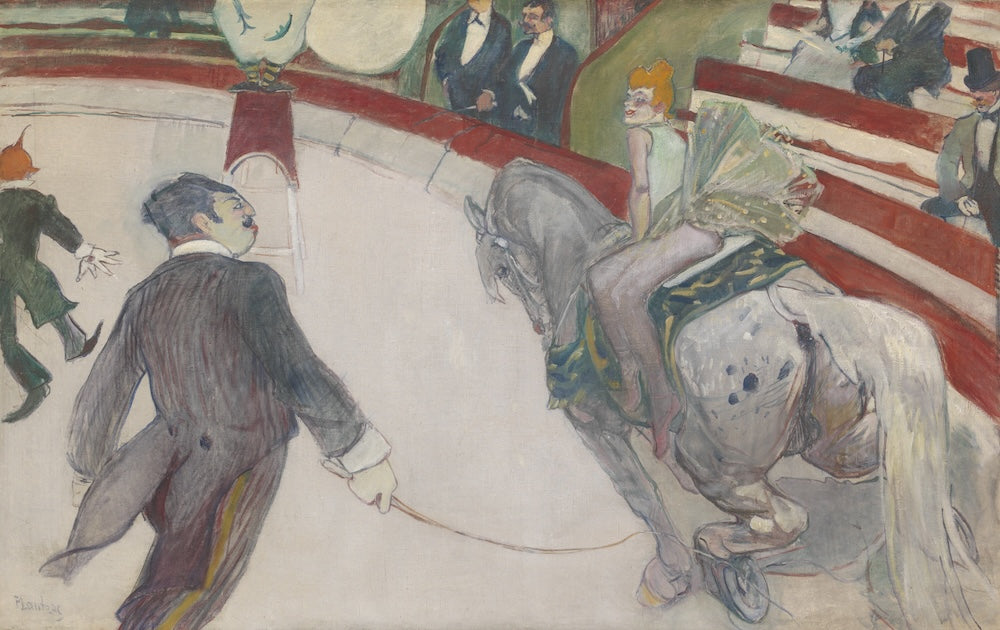Your Cart is Empty
Free Shipping on orders $499+
Proudly Made In Massachusetts! ![]()

If you've ever tried to watch television on a sunny day, you know how miserable the experience can be. The sunlight reflects off the screen, which makes it hard to see the picture. Afternoon football or movies are ruined by the sun's glare, and a poorly placed overhead light can ruin Must-See TV that night.
This even happens with regular TVs when you try to display your favorite art. The bright lights in your room bounce off the screen, which makes the colors look dull and lifeless and hides the tiny details in the otherwise-high-resolution painting.
The Samsung Frame TV has amatte screen that eliminates the problem and makes the images easier to see.
A regular TV screen is like a mirror because it reflects everything around it. A matte screen is more like a painting on a wall — it doesn't reflect as much light, so you can see the picture clearly, even when the room is bright.
(If you've ever used the Kindle Paperwhite, you've seen a matte screen. It's easier to read the words on the page because of the anti-glare technology. Plus, the screen feels almost like real paper.)
One of the reasons you're probably interested in a Samsung Frame TV (or the reason you already bought one) is because of the ability to display high-resolution of your favorite art images. Whether you want to show off your favorite Picasso, Vermeer, or Rembrandt, you can hang a museum-quality digital image on your living room wall and change it out as often as you'd like.

But the glare from the ambient lights can make the colors look washed out or hide some of the tiny brush strokes.
The matte screen on the Samsung Frame TV helps you see the art the way the artist intended. It can alter how we perceive and interact with the artwork. It's as if you're looking at a real painting on a canvas, so you'll see all of the bright colors in a painting like:

The matte screen enhances color accuracy and contrast, making the paintings easier to view. Glossy screens can distort colors and make them appear oversaturated or washed out, so you don't even see a true representation of what the painting should look like. It's like a bad copy of a bad copy, and you'll never know the true beauty of the art on your wall.
The matte finish also improves contrast, so dark areas appear deeper and more defined, while highlights are shown with greater clarity. You can appreciate the subtleties of color blending, the vibrancy of the hues, and the artist's careful selection of their palette.
Finally, a matte screen makes for a more relaxed and comfortable viewing experience. Glare can cause eye strain and fatigue, which makes it hard to focus on the images for extended periods. If you've ever stared at a computer screen until your eyes start burning, you know the feeling. A matte screen avoids that problem completely.
The Samsung Frame TV matte screen has a microscopic textured surface that scatters incoming light, which diffuses the reflections and minimizes glare. You can actually feel the textured surface when you touch the screen.
When light hits a glossy screen, it's reflective directly back at the viewer, which causes a glare. But when it hits the micro-textured surface, it's scattered in different directions. These scattered reflections are less intense, which means the light is less likely to cause glare. That improves the color accuracy and contrast, making them appear more true-to-life.
The result is an experience that is not only more pleasurable and less irritating, but it's more focused and allows for a more immersive viewing experience.
It also helps that the Samsung Frame TV also has a high resolution, which means the pictures look very clear and detailed. It also has a wider color range, so the colors look more vibrant and realistic.
Here's an example:
If you ever watched football or baseball in the 1980s, the playing field was just one big canvas of green. Was it painted? Was it turf? Or was it more like a carpet? You just couldn't tell what you were seeing unless you had ever been on a baseball or football field.
Everything changed when higher-resolution TVs entered the market: You could see the individual blades of grass. You could see the perforations in a football player's jersey. And you could see the stitches on a baseball.
The high-res TVs changed everything about how TV shows and movies were made as producers and directors paid more attention to the teeny-tiny details that would only appear in real-life or on a 4K television.
So imagine all that technology being brought to bear on Frans Snyders' "Still Life with Fruit, Wanli Porcelain, and Squirrel" (1616). You can study the vibrant and dynamic still life, focus on the textures and colors of the fruit, the details of the porcelain, and the playful energy of the squirrel. For a 409-year-old painting, it's amazing how advanced Snyders' techniques are for the time, and now you can appreciate them on a high-resolution TV.
While the Samsung Frame TV is perfect for displaying art, it's great for a lot of other things. You can watch movies and TV shows, play video games, or even use it for video calls, and you'll enjoy the same quality image no matter what you're doing on it.
It may cost more than a regular TV, but many people think the image quality is worth the extra expense. If you love art and want to experience it in a new way, the Samsung Frame TV is worth considering.





